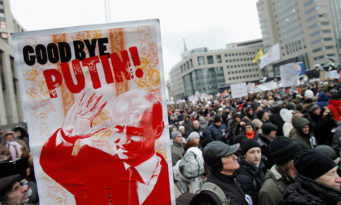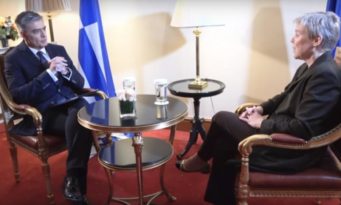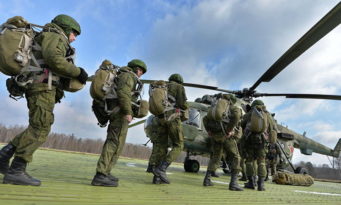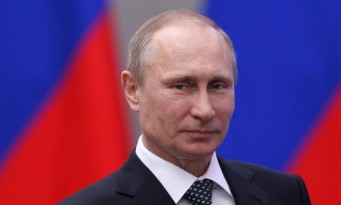Warsaw Summit: How will NATO Project Stability?
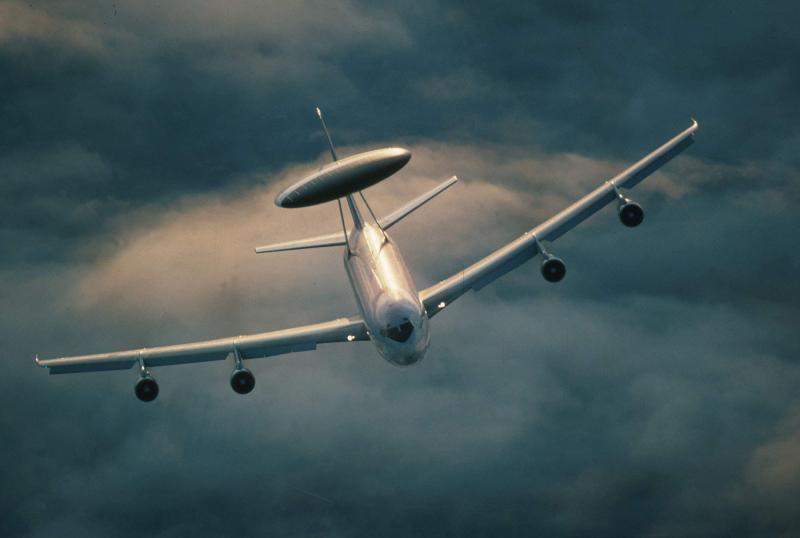
- By defencematters
How can NATO achieve a 360 degree perspective to security affairs, one that goes beyond dealing with Russia?
Martin Michelot
NATO's task at Warsaw will go beyond the issue of deterrence and dialogue towards Russia. Recent speeches by Allied officials have acknowledged the need of a balanced Alliance and how NATO can achieve a 360 degree perspective to security affairs, one that goes beyond dealing with Russia. Countries whose national security has been troubled by terrorist threats or who are still facing a potential influx of refugees have all expressed a desire to tackle the root causes of this destabilization. Enter NATO's "Projecting Stability" agenda.
This plan comes as the answer and one of the most bankeable buzzwords in NATO jargon these past two years: increasing resilience. While there is an extremely important aspect in ensuring that Europe can respond efficiently to Russia's salami tactics, NATO sees that the increasingly unstable but also contested space in the Middle East and North Africa is one of the most important question marks in the Alliance's forward planning. A continuously unruly region could further increase tensions in Europe and put pressure on EU structures that were not built for crisis. This is the role that NATO can play in ensuring European security: ensuring that the tensions that currently afflict the EU do not get any more worrisome, and helping our neighbours to the South regain their footing.
Concretely, NATO's role will consist in building up the capacities of the military and training local forces in countries situated, for most of them, in the Middle East and North Africa. Iraq, where the local forces are heavily engaged in regaining ground lost to ISIS, and Tunisia, one of the key partner counties in ensuring an arch of stability in North Africa are the most prominent examples of where military troops can benefit from the vast knowledge that soldiers from NATO Allied armies have gained over the years. Our Western societies still remain reluctant to military intervention involving boots on the ground, especially after the operation in Libya which contributed to the instability. At the same time, Russia has openly questioned the value of regime change by intervention, and has used its military, such as in Syria, in order to stress this point and provide a counter-narrative, that of an unhappy status quo.
NATO wants to change this status quo, and give its partner countries the ability to build up their own security, but also eventually the capacity to fight the fights that are important for European stability, but that our populations don't necessarily want NATO to engage in. This pragmatic approach will necessarily entail compromises, such as for example helping the Gulf Cooperation Council build a military chain of command in order to enable to it to better operate its militaries together. But working with Qatar or Saudi Arabia also means working with partners who for some of them have played a troubling role in the stability of their region. This is of course a long-term approach, which doesn't exclude a role for NATO in a crisis management operation in the future, but that is certainly intended to add an extra layer of protection in our neighborhood, especially to the South.
It is all but certain that NATO has moved away from the Kosovo and Afghanistan approaches of military support to democracy-building efforts. The failure of Iraq and Libya seem to have put an end to the desire to imprint change this way, especially as NATO's challenges closer to home have mobilized the energy and the finances of the majority of the Allies. Projecting stability abroad for NATO also means ensuring our own European stability, as the people of Paris, Brussels and Ankara know unfortunately all too well.
Martin Michelot is Director of the Global Europe program and Head of Research at the Europeum Institute for Eurpean Policy
Photo Credit: USAF - BALTOPS 2016







